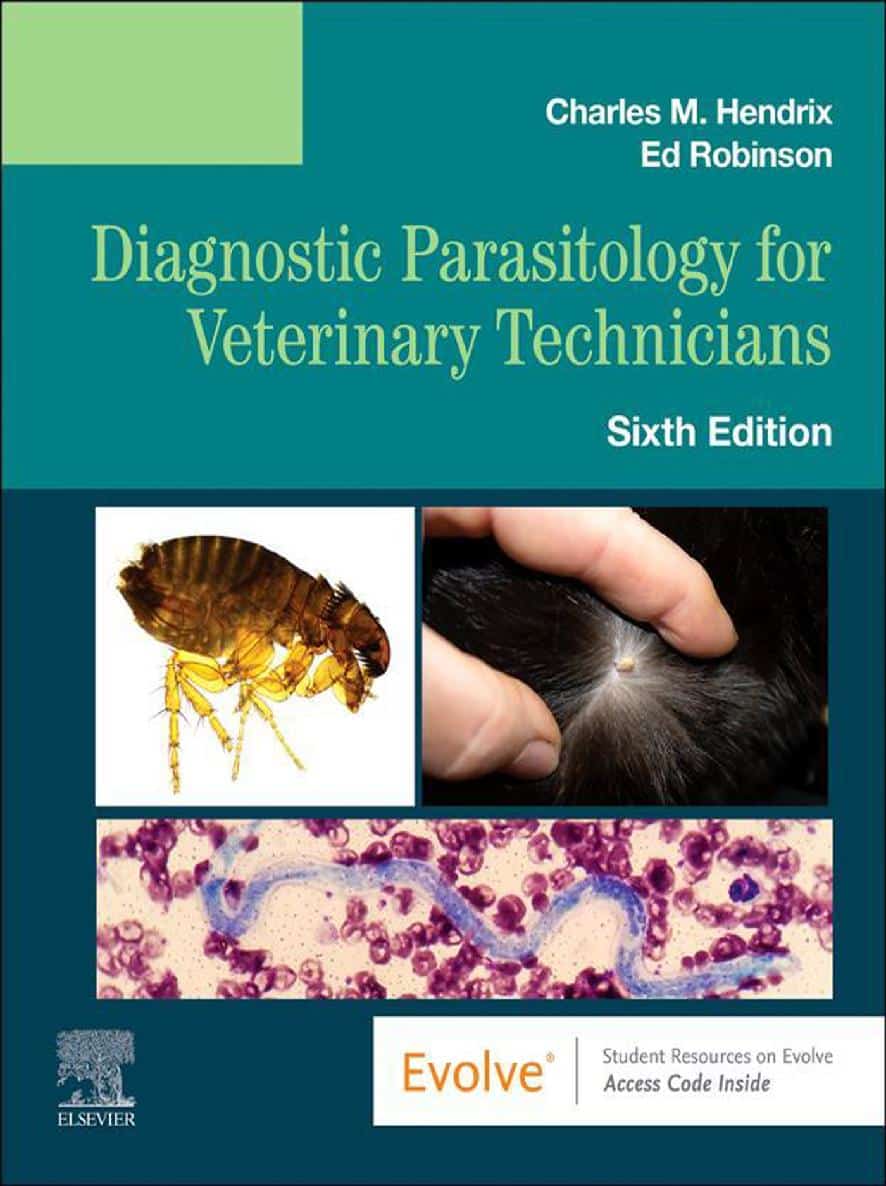
By Charles Hendrix and Ed Robinson
Diagnostic Parasitology for Veterinary Technicians 6th Edition. Gain the knowledge you need to Identify and understand animal parasites! Diagnostic Parasitology for Veterinary Technicians, 6th Edition features clear and concise discussions of the most commonly encountered internal and external parasites. Chapters are organized by parasite group — including nematodes, cestodes, trematodes, protozoans, arthropods, and leeches — and include a detailed description of the group, with special emphasis on morphology, life cycle, and important parasites. Then in each chapter, material is conveniently organized by host species: dogs, cats, horses, ruminants, swine, birds, lab animals, fish, and reptiles. Written by educators Charles M. Hendrix and Ed Robinson, this full-color, spiral-bound book provides the skills that veterinary technicians need to collect samples, perform lab procedures, and communicate with clients.
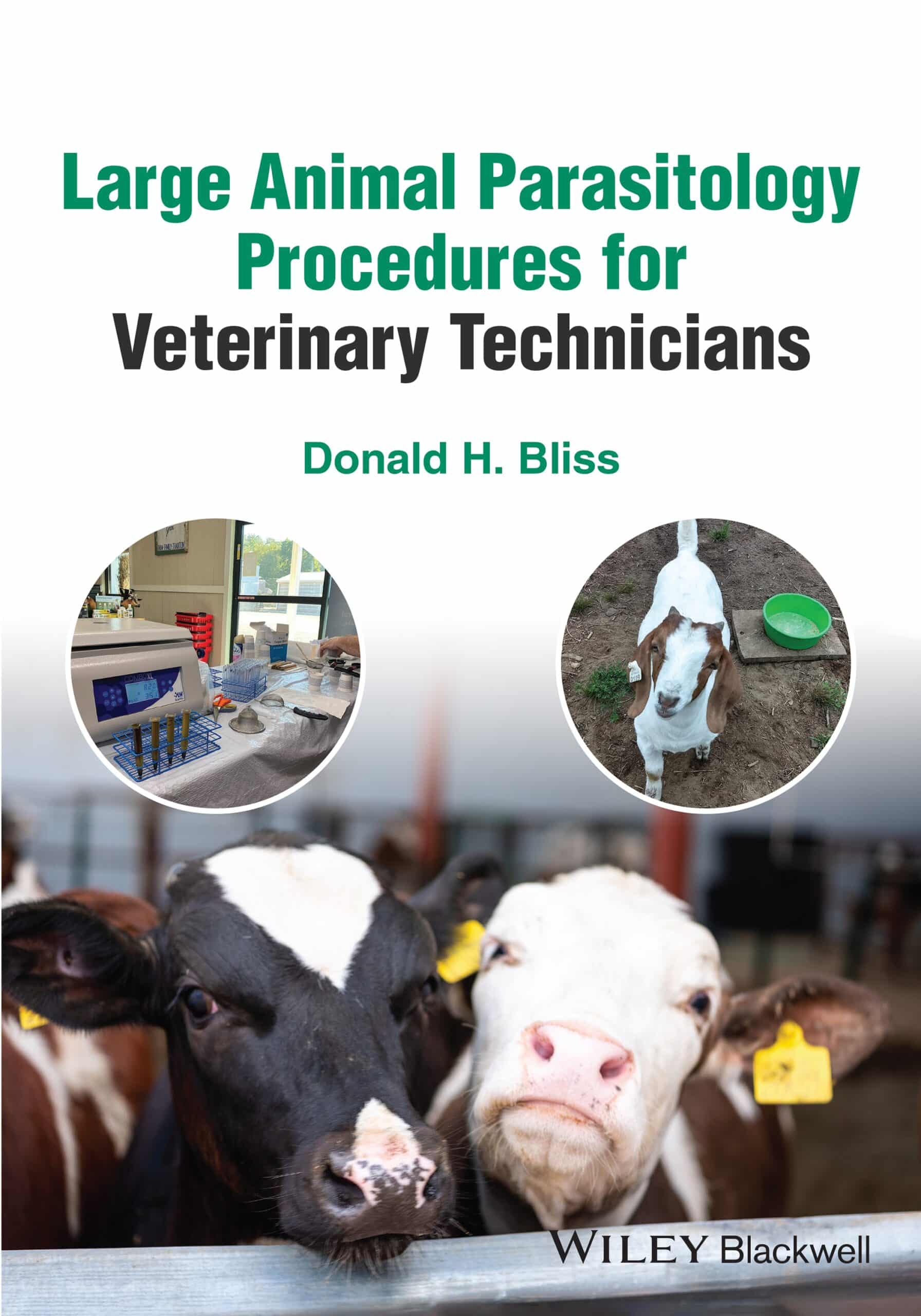
This Book is Available For Premium Members Only

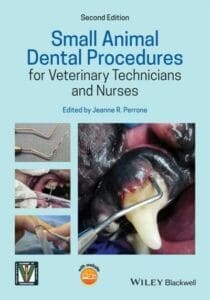



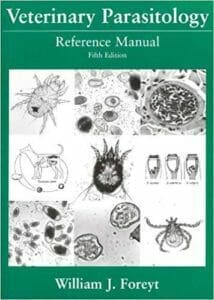
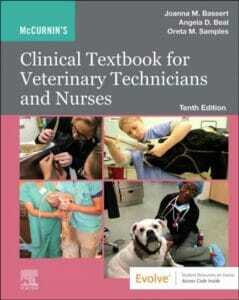

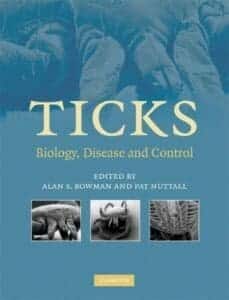







![Textbook of Veterinary Diagnostic Radiology 8th Edition [PDF+Videos+Quizzes] Thrall’s Textbook of Veterinary Diagnostic Radiology, 8th edition PDF](https://www.vet-ebooks.com/wp-content/uploads/2019/09/textbook-of-veterinary-diagnostic-radiology-8th-edition-100x70.jpg)
![Ettinger’s Textbook of Veterinary Internal Medicine 9th Edition [PDF+Videos] Ettinger’s Textbook of Veterinary Internal Medicine 9th Edition [True PDF+Videos]](https://www.vet-ebooks.com/wp-content/uploads/2024/10/ettingers-textbook-of-veterinary-internal-medicine-9th-edition-100x70.jpg)





